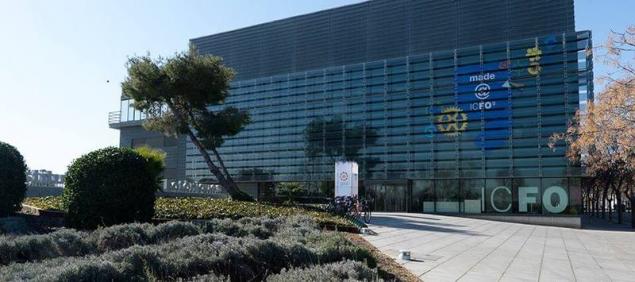368
Developed a flexible and fully transparent conductors
Scientists from the research Institute ICFO in Barcelona have created electricity conducting flexible material consisting of a layer of aluminum, coated on both sides with zinc oxide and titanium oxide, and an ultra-thin layer of silver. The new Explorer has a mechanical flexibility that is required for the creation of flexible electronics, and optical loss is only 1.6%.

For comparison, the optical transmission of the material developed by scientists from the Novosibirsk Institute of organic chemistry at the beginning of October 2016, which TASS called the most efficient in the world, was about 65%. Accordingly, the optical loss of this material was equal to 35%.
"We used a fairly simple structure, to achieve the creation of a transparent conductor with the greatest at the moment, efficiency and other notable features that are required for successful application in industry", — said the scientific head of the research project Valerio Pruneri.

According to scientists, the new conductors can successfully replace the indium-tin oxide, which is widely used currently in the manufacture of smartphones, TVs and tablets. Despite the high performance, indium-tin oxide does not possess flexibility sufficient for the creation of flexible electronics, the projects on which claim leading manufacturers including Apple, Samsung, and Panasonic.

Prior to that, the researchers worldwide have proposed various solutions to this problem, including the use of bubbles graphene, silver nanoparticles, and combinations of iodine, tin and phosphorus. In most cases these materials or do not possess all the necessary characteristics, or too expensive to manufacture because of the content of valuable metals. published
P. S. And remember, only by changing their consumption — together we change the world! ©
Source: hightech.fm/2016/12/20/flexible-conductor

For comparison, the optical transmission of the material developed by scientists from the Novosibirsk Institute of organic chemistry at the beginning of October 2016, which TASS called the most efficient in the world, was about 65%. Accordingly, the optical loss of this material was equal to 35%.
"We used a fairly simple structure, to achieve the creation of a transparent conductor with the greatest at the moment, efficiency and other notable features that are required for successful application in industry", — said the scientific head of the research project Valerio Pruneri.

According to scientists, the new conductors can successfully replace the indium-tin oxide, which is widely used currently in the manufacture of smartphones, TVs and tablets. Despite the high performance, indium-tin oxide does not possess flexibility sufficient for the creation of flexible electronics, the projects on which claim leading manufacturers including Apple, Samsung, and Panasonic.

Prior to that, the researchers worldwide have proposed various solutions to this problem, including the use of bubbles graphene, silver nanoparticles, and combinations of iodine, tin and phosphorus. In most cases these materials or do not possess all the necessary characteristics, or too expensive to manufacture because of the content of valuable metals. published
P. S. And remember, only by changing their consumption — together we change the world! ©
Source: hightech.fm/2016/12/20/flexible-conductor
7 reasons to accept the changes and become more successful
Graphene quantum dots can convert CO2 into liquid fuel























